Most homeowners won't pass an opportunity to have an eco-friendly fence on their property. Bamboo fences are living fences with a wide variety of species. Bamboo fences are easily contained when properly cultivated.
Another cool thing about bamboo fences is they grow fast. That is to say, in three years or so, you will have a full-grown living fence. Bamboo fences require little care and come in an array of natural colors. Alternatively, you can use harvested bamboo to construct a fence.
Landscapers advise homeowners to choose species of bamboo fences that are not invasive. We asked experts for the perfect species of bamboo fences, and they gave us a magnificent list to choose from.
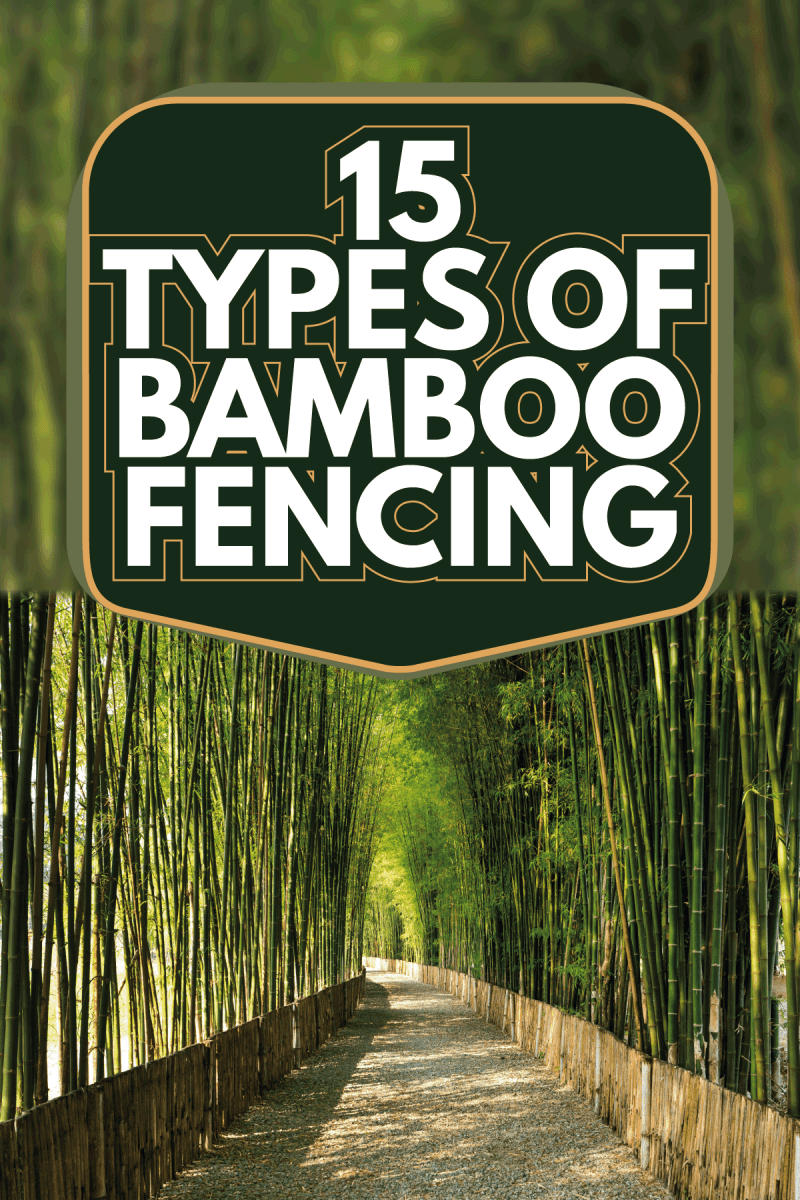
15 Most Popular Types Of Bamboo Fences
Living bamboo fences have two types of bamboo species growing: the running and the clumping species. Each one has different characteristics and root systems. Either of the two can be used as a living screen with proper containment measures.
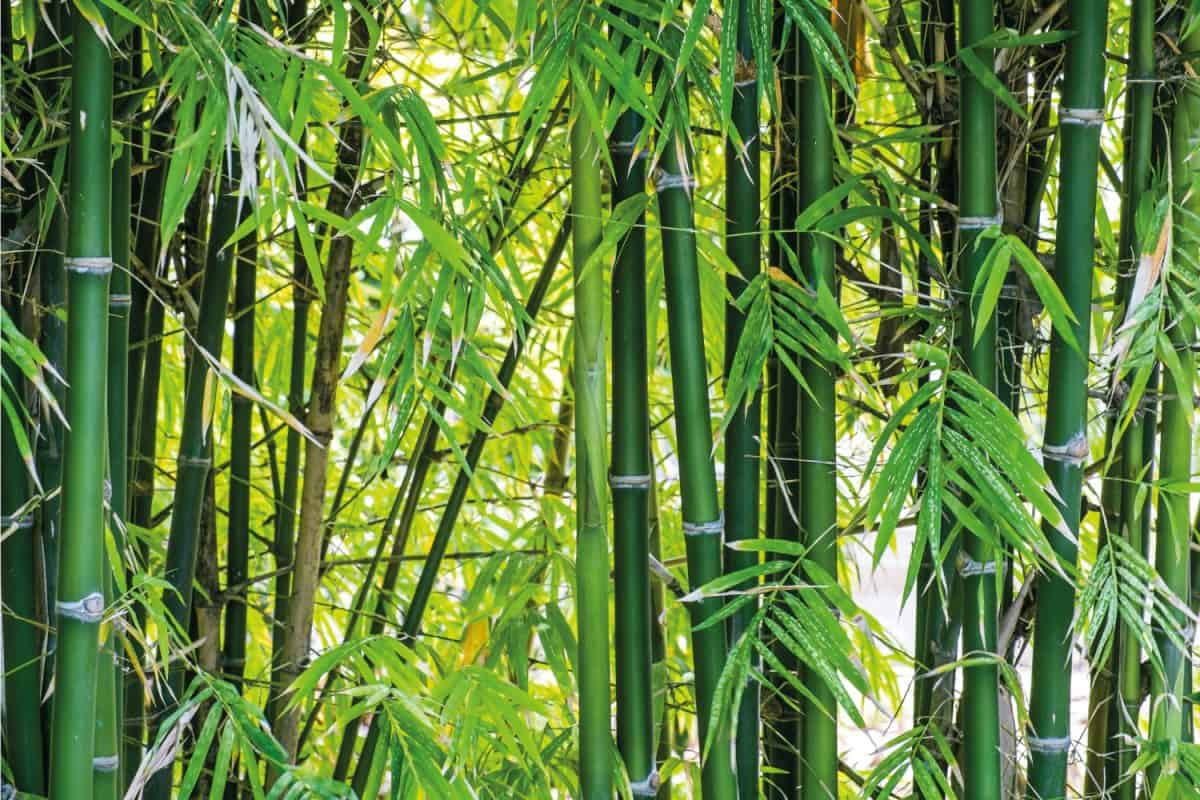
Before you purchase any bamboo species for a living hedge, consult the USDA zone chart to find out which one will suit your vicinity. According to botanists, the best bamboo species to grow as fences are:
1. Pseudosasa Cantorii Bamboo
This running bamboo grows to 5 to 6.5 feet tall and it's considered to be medium-sized. It's hardy down to 0 degrees Fahrenheit. This evergreen bamboo has 23-inch long broad leaves. Its long thin stems make a good screen fence because they grow close together.

2. Bamboo Gracillis
This is a graceful clumping bamboo that is ideal for warmer climates. Although it has dense vegetation, it's easy to contain. You can use seeds or clone the bamboo for your fence. The best zone for it to grow is 8 or above.
The Gracillis is a non-invasive clumping bamboo. It can be cultivated to gigantic heights of 20-25 feet. Landscapers recommend using the Gracillis in smaller yards.
It is cold hardy to -18 degrees Fahrenheit. The Gracillis is leafy with a gentle subtle look for an upright grower.
3. Phyllostachys Aureosulcata Spectabilis Bamboo
The Spectabilis has several sub-species. Generally, it grows very fast, and at the culms, it has some yellow stripes and a zigzag pattern.
The Aureosulcata bamboo grows very fast and can reach a height of 40 feet tall. The diameter of the culms is an impressive 2 inches. Some of its species can be very invasive.
A variety of the Spectabilis known as the Phyllostachys Bambusoides can grow to a height of 50-70 feet. The cold-hardy is 0 to -5 degrees Fahrenheit.
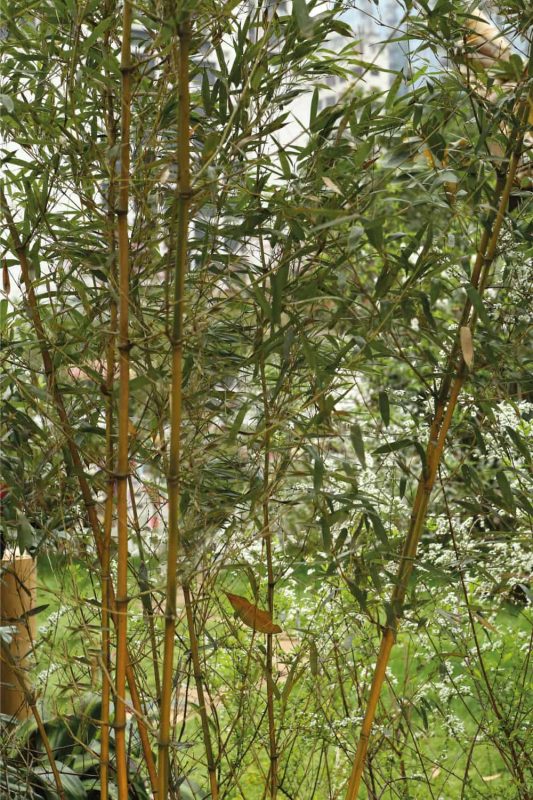
Any homeowner seeking privacy on the second floor can consider this tall Japanese species.
4. Solid Stem or Phyllostachys Heteroclada
The lower parts of this bamboo species are strong. It thrives in wet or marshy regions perfectly. Although it likes water, it can survive long dry spells. The best soils to grow it are loamy, clay, or sandy soils.
This running bamboo is a perfect barrier in windy areas. It grows fast and has a dark green color when mature. It grows upright and can brave temperatures as low as 10 degrees Fahrenheit (-23 degrees Celsius)
5. Phyllostachys Nuda Bamboo
The Nuda bamboo is a leafy running bamboo. However, when planted in drier climates it will hardly spread. It's a rather tall species that can grow to 15 feet. This leafy bamboo makes a good barrier with ample privacy for the homeowner.
6. Hedge Bamboo or Bambusa Multiplex
It is a 10-20 feet species of bamboo with upright poles. One of the cultivars is the Golden Goddess which is popular due to its manageable size. This species is ornamental with a hardy of 15-20 degrees Fahrenheit.
The Hedge bamboo is very dense when properly cared for. Botanists and landscapers love to use them as hedge fences.
Do not grow it in windy regions, as it may lose its leaves. The Bambusa Multiplex isn't invasive.
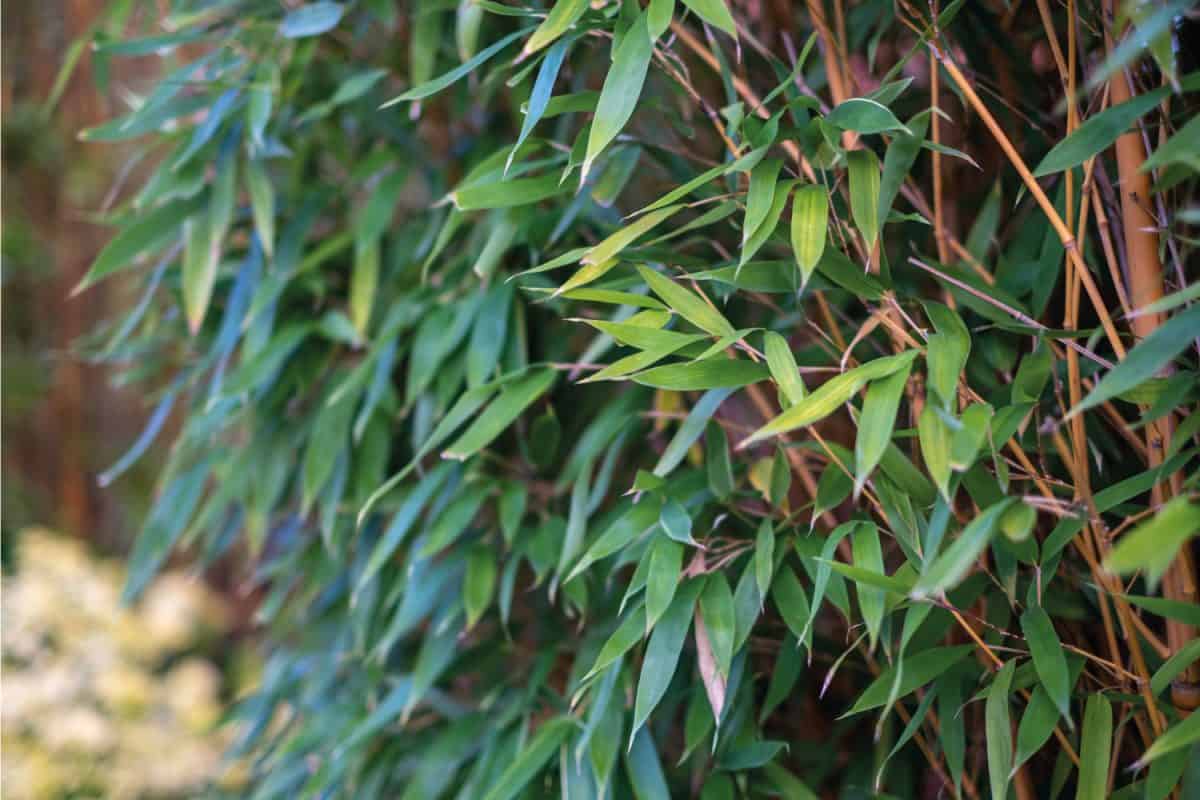
7. Incense Bamboo or Phyllostachys Congest
A cold-hardy bamboo that is well suited to wetlands. It is a running species with beautiful green canes. Interestingly, this bamboo will have your yard scenting like sandalwood when rubbed or scratched.
The Incense bamboo grows to a height of 33 feet with culms being 2.7 inches in diameter. It can withstand temperatures of -10 degrees Fahrenheit.
8. Red Margin Bamboo
The dense tall screen Phyllostachys Rubromarginata is a runner. Do not the Red Margin bamboo outrun you in your yard. It doesn't grow very tall in a moderate North American climate.
It often gets to 20 or 30 feet. In much cooler regions, it doesn't exceed 15 feet. It survives in well in below zero temperatures.
9. Shibatea Lancifolia
The Lancifolia is a bright green runner bamboo with long, narrow delicate leaves. When planted in planter boxes or troughs, it can grow into a strong screen or border.
Landscapers use this variety in shade or theme gardens as well. It is an aggressive plant. Homeowners should use plant liners to control the root system from running all over the place.
The Lancifolia is suitable for zone 6B to 11 in North America and grows to a height of 8 feet. It loves partial shade and direct sunlight sometimes.
10. Fargesia Murielae Umbrella Bamboo
The Umbrella bamboo is a clumping bamboo that grows to 15 feet tall and 3 to 5 feet wide. It's a tall evergreen species with slender yellowish canes. The bamboo arches under the weight of the foliage to form an umbrella shape.
Fargesia Murielae is tolerant to temperatures of -4 degrees Fahrenheit (-20 degrees Celsius) and isn't invasive. It bends under heavy snow but never breaks. This makes it the perfect hedge fence with stamina and privacy.
11. Bissetii
This multi cane, dense, running bamboo is native to China but thrives in the US as evergreen screens. It is a fast-growing leafy bamboo and grows in many different soil conditions.
The Bissetii bamboo is tolerant to harsh and extreme environments. It's suitable for zones 4 through to 10. Although it's a running species, the Bissetii is low maintenance.
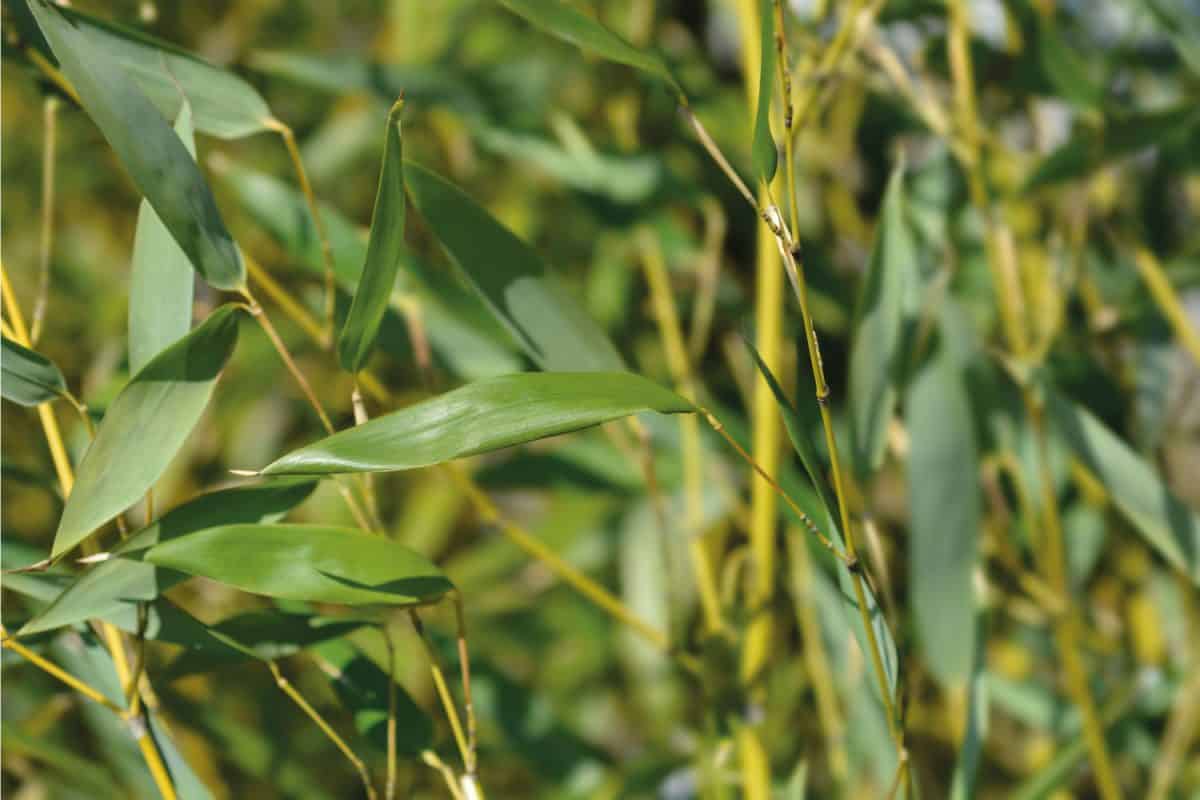
12. Bambusa Malingensis or Seabreeze
Homeowners with seaside properties can choose this bamboo species. Its tight clumping growth habit makes it wind tolerant and withstands salty water.
It is not cold hardy and poorly handles temperatures below 20 degrees Fahrenheit. The Seabreeze bamboo is a privacy hedge that grows fast with very little water. It can reach 30 feet or more with the lateral branches making it denser.
13. Yellow Groove Bamboo
This leafy tall bright yellow-caned bamboo is highly tolerant to the extreme cold of -4 degrees F (-20 degrees Celsius). It grows 15 to 25 feet in a fairly upright manner. The culms have a width of 8 to 15 feet.
This running, vigorously growing bamboo is an excellent screen and hedge fence. You can use it in exposed properties with well-drained soils. The Yellow Groove can grow into thick bushes and is usually disease and pest free.
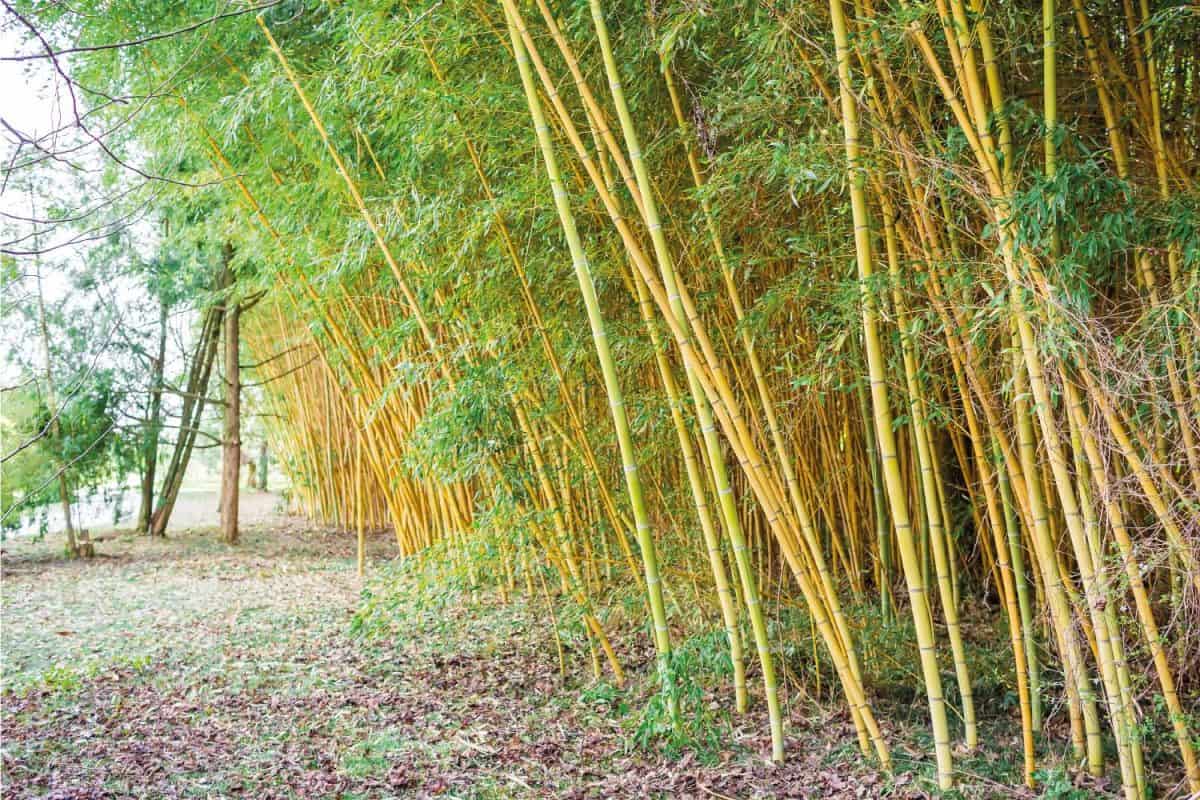
14. Shibataea Kumasaca or Rucus Bamboo
The Ruscus bamboo is an interesting species that thrives in well-drained soils. It is a shady bamboo with evergreen leaves with a zigzag pattern.
It grows and spreads slowly which allows homeowners to tame its growth. The Ruscus bamboo can grow 2 to 4 feet and has a width of 7 to 15 feet.
Landscapers sometimes refer to it as ornamental grasses due to its clumping habit. It can be grown in coastal, mountain, and piedmont regions of 6B to 9A hardiness.
15. Indocalamus Solidus
The Solidus bamboo is the right pick if you are searching for a low-screen hedge. It grows 8 to 10 feet with lush 10-inch-long green leaves. You can create a tropical effect in urban yards with this running bamboo species. It's easily controlled and the canes are solid.
Homeowners can plant the Solidus in pots or trenches in 6A to 11 cold hardy zones. It does not need any particular type of soil as long as it's well-drained.
Final Thoughts
You can use harvested bamboo, but living bamboo fences are just as interesting if not more. There are lots of bamboo species that are ideal for different zones.
Ensure that you pick the ideal variety with the help of landscapers to provide privacy as a screen or hedge. You should purchase a stable bamboo ready for planting if you do not have time to cultivate it.

![A grass meadow and a small fence next to a small pond, How Long Does Split Rail Fence Last? [And How To Prolong Its Life]](https://fencefixation.com/wp-content/uploads/2022/06/A-grass-meadow-and-a-small-fence-next-to-a-small-pond-600x400.jpg)

![White rail fence leading along cornfield and deep blue sky. How Tall Are Split Rail Fences [Inclding 2, 3, & 4 Rail Heights]](https://fencefixation.com/wp-content/uploads/2022/06/White-rail-fence-leading-along-cornfield-and-deep-blue-sky.-How-Tall-Are-Split-Rail-Fences-Inclding-2-3-4-Rail-Heights-600x400.png)